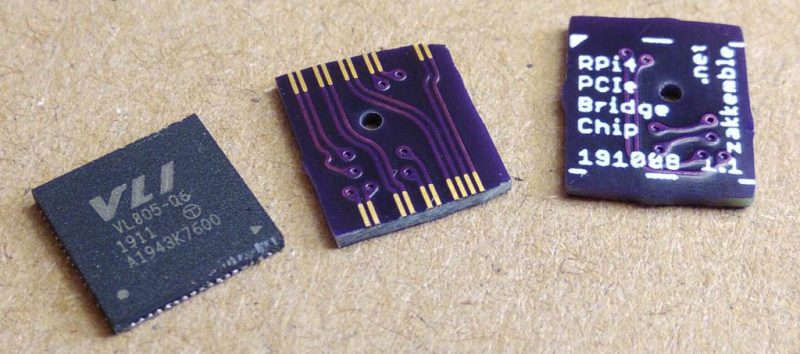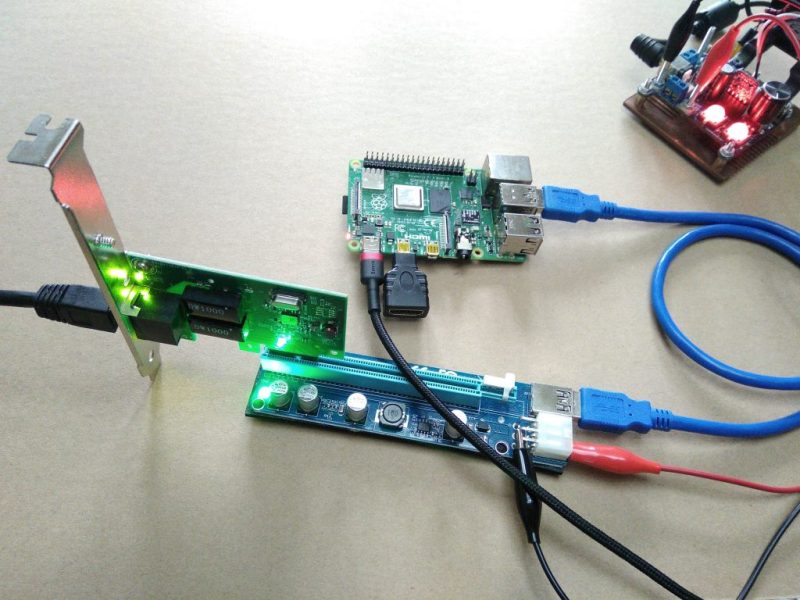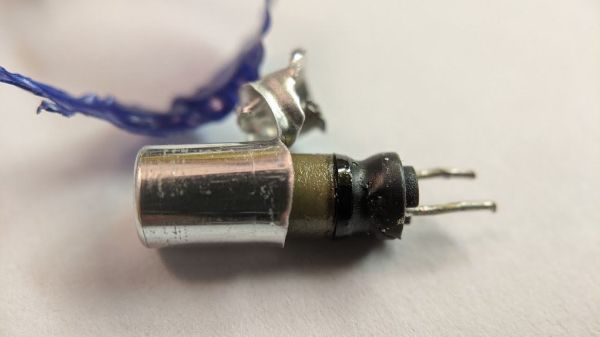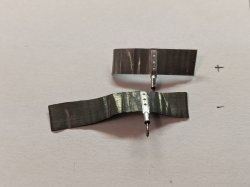Every home needs renovations after a few decades, and the International Space Station is no different. This fall, they’ll be getting a new Universal Waste Management System (UWMS), aka a new toilet.
 Though the news coincides with increased traffic to the ISS, this move stems from a more serious issue with bacterial contamination during longer-term space travel. Today’s ISS toilets already recycle urine back into potable water and scrub the air reclaimed from solid waste as it gets compacted and stored. The new UWMS will act more like a food dehydrator, reducing the water content as much as possible to save on space, and petrifying the poo to inactivate the bacteria.
Though the news coincides with increased traffic to the ISS, this move stems from a more serious issue with bacterial contamination during longer-term space travel. Today’s ISS toilets already recycle urine back into potable water and scrub the air reclaimed from solid waste as it gets compacted and stored. The new UWMS will act more like a food dehydrator, reducing the water content as much as possible to save on space, and petrifying the poo to inactivate the bacteria.
The current commode on the American side of the ISS was designed in the 1990s and is based on the Space Shuttle’s facilities. It has a funnel with a hose for urine and a bag-lined canister with a seat for solid waste, both of which are heavily vacuum-assisted.
Though the current toilet still does everything it’s supposed to do, there is room for improvement. For instance, women find it difficult to engage both parts of the system at the same time, and almost everyone prefers the toe bars on the Russian toilet to the more encumbering thigh bars on the American throne. Also, the current commode’s interface is more complicated than it needs to be, which takes up valuable crew time. Continue reading “The ISS Is Getting A New WC”

















